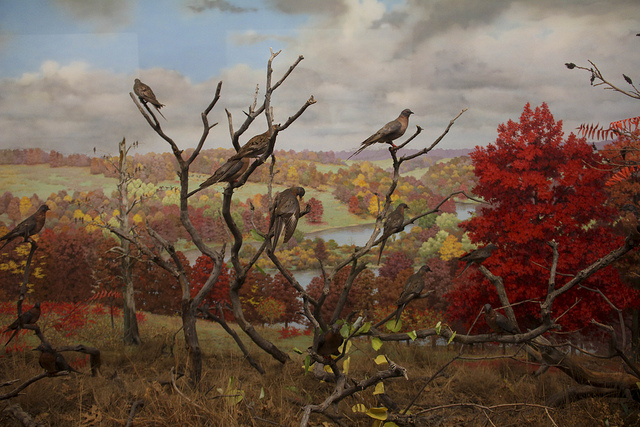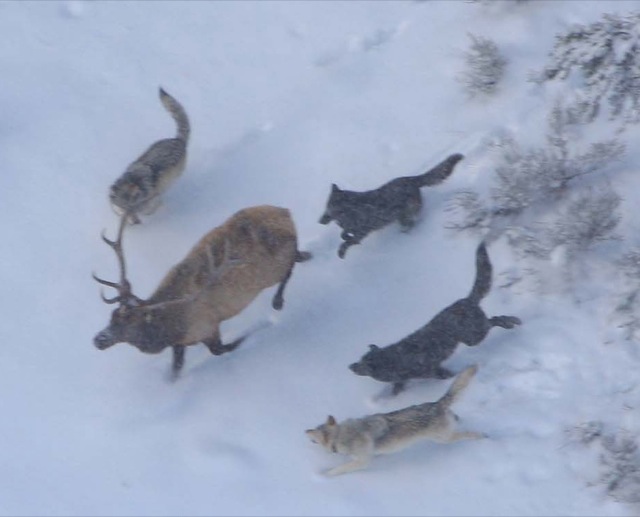A Utah district court has ruled that the Endangered Species Act has exceeded Congress’ authority to regulate private landowners. In a case involving the Utah prairie dog, which was listed as a threatened species in 1973, the court said that since prairie dogs were involved in interstate commerce, the federal government had no Constitutional authority to regulate them.
Ironically, the main threat to the Utah prairie dog before it was listed was none other than the U.S. Fish & Wildlife Service, which had the dual job of protecting endangered species and endangered pestiferous species. For decades, the Fish & Wildlife Service had poisoned prairie dogs throughout the West, saying they were bad for farmers and ranchers.
This poisoning continued even after the agency declared the black-footed ferret to be “the most endangered mammal in North America.” As it happens, black-footed ferrets get 99 percent of their food by eating prairie dogs, as well as make their homes in former prairie dog dens, but this didn’t stop the agency from poisoning prairie dogs.









